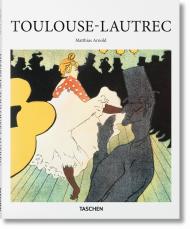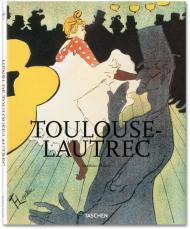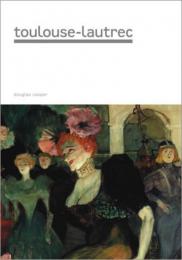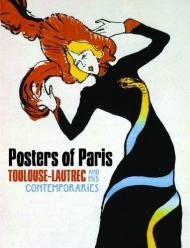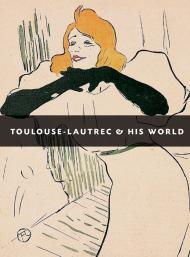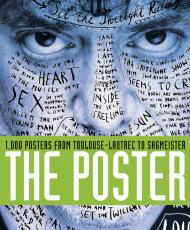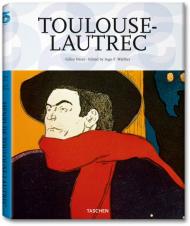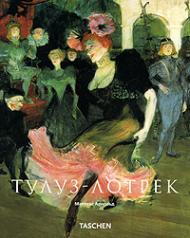In our imaginings of Paris, painter and graphic artist Henri de Toulouse-Lautrec (1864–1901) has no small role to play. In his prints, posters, paintings, and drawings, the artist immortalized the city’s Belle Époque nightlife and put the northern neighbourhood of Montmartre on the global map of creative-hedonist hotspots.
The son of old French nobility, Toulouse-Lautrec seems to have been drawn early on to visions of a demimonde, centering his attention on the dance halls, cabarets, and brothels of Montmartre and adopting famed dancers and singers as his subjects, most notably Jane Avril. His works include both lively performance scenes and quiet, tender “after-hours” portraits such as The Sofa and In Bed. Stylistically, he mastered both bold graphics, as celebrated in his promotional posters of Jane Avril, and a loose yet evocative sketchwork.
Though he died aged just 36, due to complications from alcoholism and syphilis, Toulouse-Lautrec’s cultural influence was immense. This introductory book takes a walk through his world of singers, dancers, musicians, and prostitutes to reveal an artist of great humanity, striking figurative skill, and a pronounced sense for the energy and stories of a city.
About the series:
Each book in TASCHEN's Basic Art series features:
- a detailed chronological summary of the life and oeuvre of the artist, covering his or her cultural and historical importance
- a concise biography
- approximately 100 illustrations with explanatory captions
